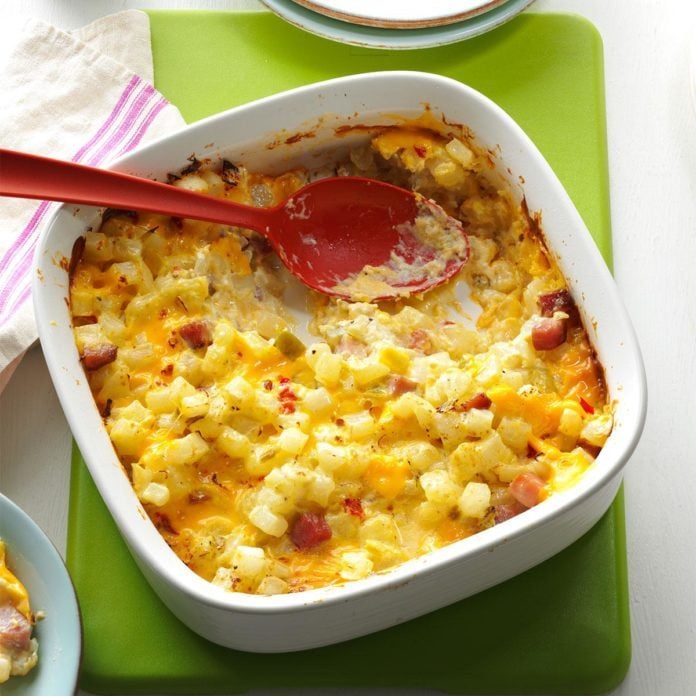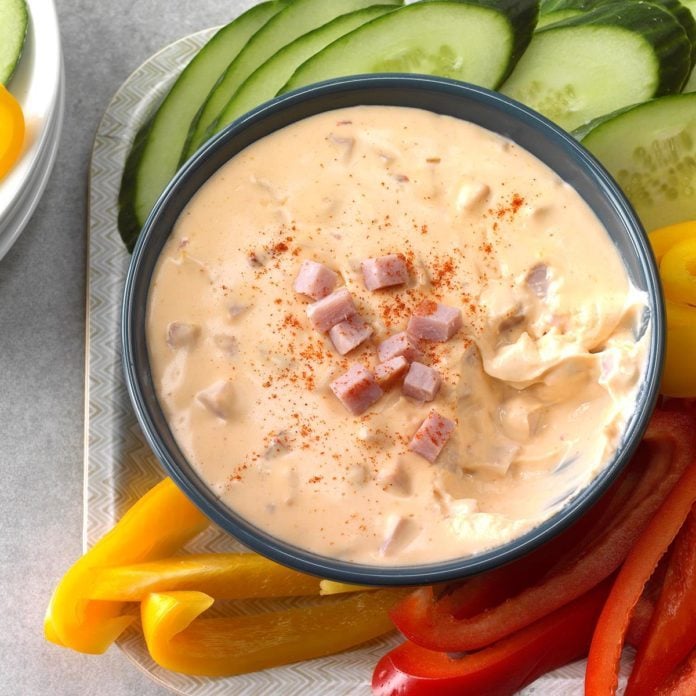Whether you’re planning a Christmas feast or a just an elegant dinner, there are few main courses that make an occasion feel as special as ham does. But preparing the best ham isn’t always so simple. Before you even turn on the oven, there are many options to consider. Shank or butt end? Bone-in, semi-boneless or boneless? And what about spiral cut? It’s enough to make your head spin. Well, worry not! We’re here to give you the scoop on which ham is best for your holiday dinner.
The Basics
Before we get into particulars, let’s sort out what cut of meat a ham is. Ham comes from the rear leg of the pig and is then salted and dried or smoked. A whole ham can weigh 15-20 pounds and can serve up to 30 people. Unless you’re feeding a large crowd (or want a lot of leftovers), chances are you don’t need to purchase an entire ham. Instead, look for the shank or the butt end.
You’ll need about a third- to a half-pound per person for bone-in hams or a quarter- to a third-pound per person for boneless hams. Want tips on how much of everything to make for your next party? We’ve got you covered.
Shank or Butt?
For a traditional Christmas, Easter or Thanksgiving ham, go for the shank (leg portion). The shank end sports that classic ham profile, so it’s a good choice for a picture-perfect table. The meat tends to be fattier and it has one long bone, which makes carving easier.
While the shank looks pretty as a picture, the butt end (the top half of the ham) is leaner and offers a little extra meat. However, it does have a T-shaped bone inside that can be tricky to carve around. Don’t worry about that, though, because we have tips on how to carve it perfectly.
Bone-in or Boneless?
If you’re comfortable with the work of carving a ham, choosing bone-in is worth the effort. The bone provides the meat with better flavor and texture. As a bonus, the leftover bone is great for making soups and stews.
A semi-boneless ham (the shank bone is removed, but the leg bone is left in) offers a win-win combination of easier carving without the loss of flavor contributed by the bone.
If convenience is more important to you than presentation and bone-in flavor, boneless ham is always an option. With this type, the bone is removed and the ham is pressed into that familiar oval shape. Boneless ham looks like a solid piece of meat because the added salt breaks down its proteins, causing it to re-form, in a sense. Obviously, this makes for the easiest carving.
What About Spiral Cut Ham?
If you’re not super confident about carving but consider bone-in flavor a must, try a spiral-cut ham. These are sold already cut into thin slices, which then just need to be carved away from the bone. If you want big chunks of ham, this isn’t the way to go; instead, it provides nice, thin slices (perfect for sandwiches the next day).
It’s worth noting that many spiral-sliced hams come glazed, so they’re not a good choice if you’re following a specific recipe. Be sure to read the label to make sure you’re getting an unglazed ham.
City or Country?
One more consideration before you get cooking: Do you want a city ham or a country ham?
A city ham is what’s generally available at the grocery store. These are usually cured by brining and sold fully cooked. City hams may come with added liquids that can dilute the flavor, so check the label.
Country hams are cured with a dry rub, hung to dry and sold uncooked. They may or may not be smoked and can be very salty. Understandably, they’re much drier than city ham. They are either served in very thin slices or soaked for 24 hours before cooking. The chewy, intensely flavored meat is an acquired taste, but country hams (Virginia hams, for example, are considered country) have a passionate following.
Whatever type of ham you try this holiday season, we’re confident you can pull it off! And if you need more tips, our experts have broken down how to cook a ham step by step.
Ham 'n' Cheese Strata
Ham & Cheese Ziti
Mini Ham 'n' Cheese Frittatas
Ham & Cheese Potato Casserole
Ham and Cheese Mini Stratas
Ham 'n' Cheese Quiche
Ham and Cheese Calzones
Ham 'n' Cheese Pizzas
Ham and Cheese Puff
Ham & Cheese Stuffed Potatoes
Ham 'n' Cheese Pie
Ham 'n' Cheese Stromboli
Chipotle Ham 'n' Cheese Dip
Creamy Ham & Cheese Casserole
Zesty Ham and Cheese Muffins
The post What You Need to Know About Choosing the Perfect Ham appeared first on Taste of Home.
Cathryn Jakicic














